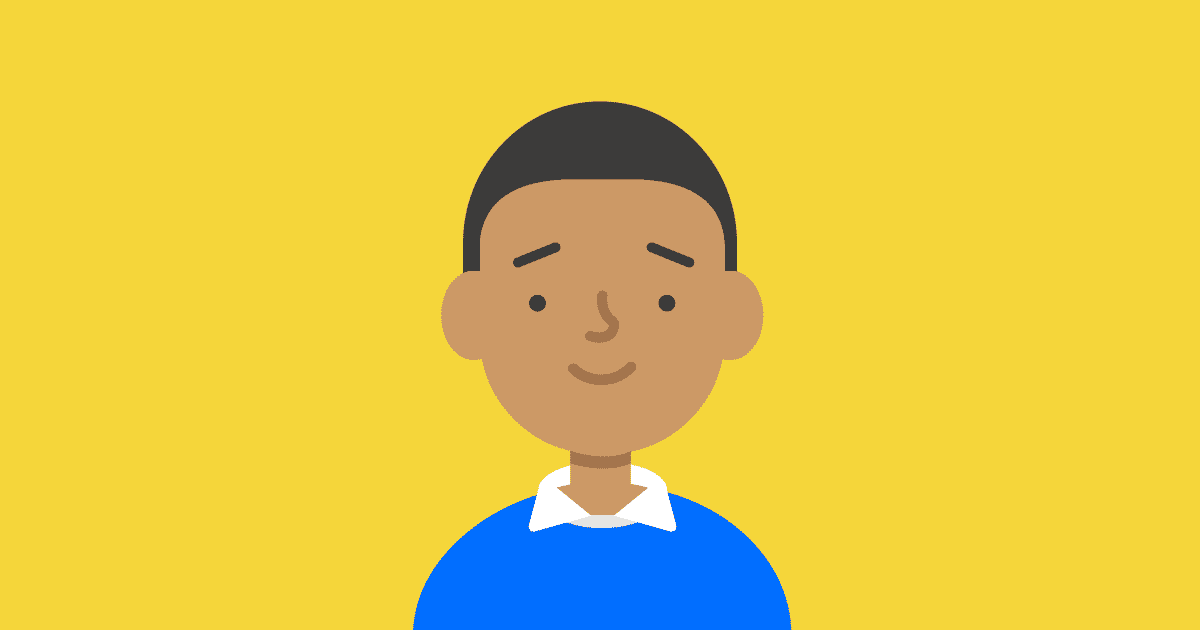Favourite apps for 5-7-year-olds
The most popular apps for children starting primary school, according to parent responses on our tracker survey, are:
Similarly, research from Ofcom named YouTube as most popular among 5-7s (89%). Additionally, they were more likely to use YouTube Kids than the regular app or site.
What parents say about screen time at this age
At this age, parents’ approach to screen time is about giving kids space. For 3-4s, parents were more likely (65%) to sit with their child as they used a device. However, less than half (45%) of parents in this age group did the same. This reflects the growing independence of children at this age when it comes to tech use.
Still, 75% say they are nearby and check-in regularly as their child uses their device, according to Ofcom. 72% of parents also said their child has good screen time balance. However, a third do find it hard to control screen time of 5-7-year-olds.


